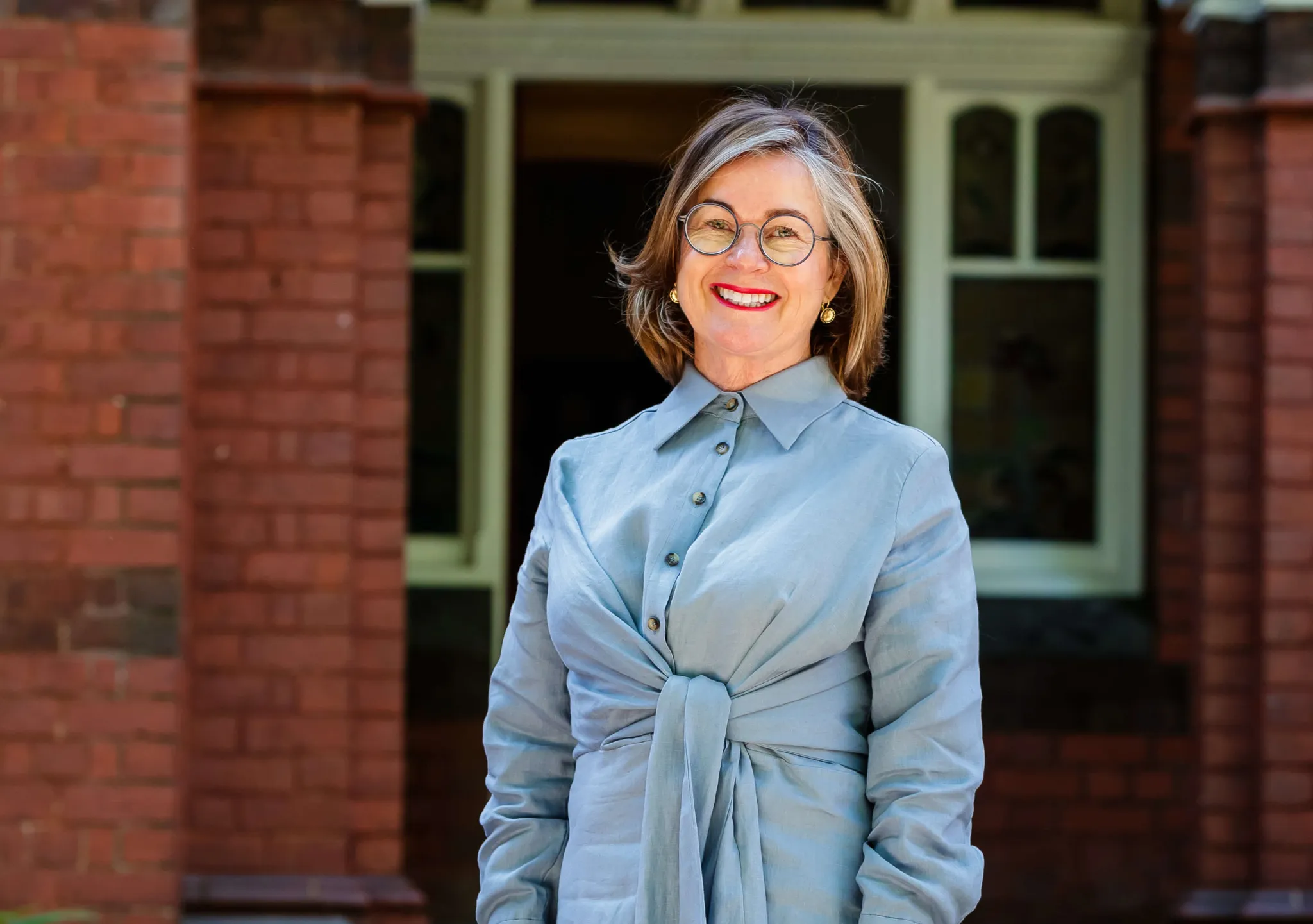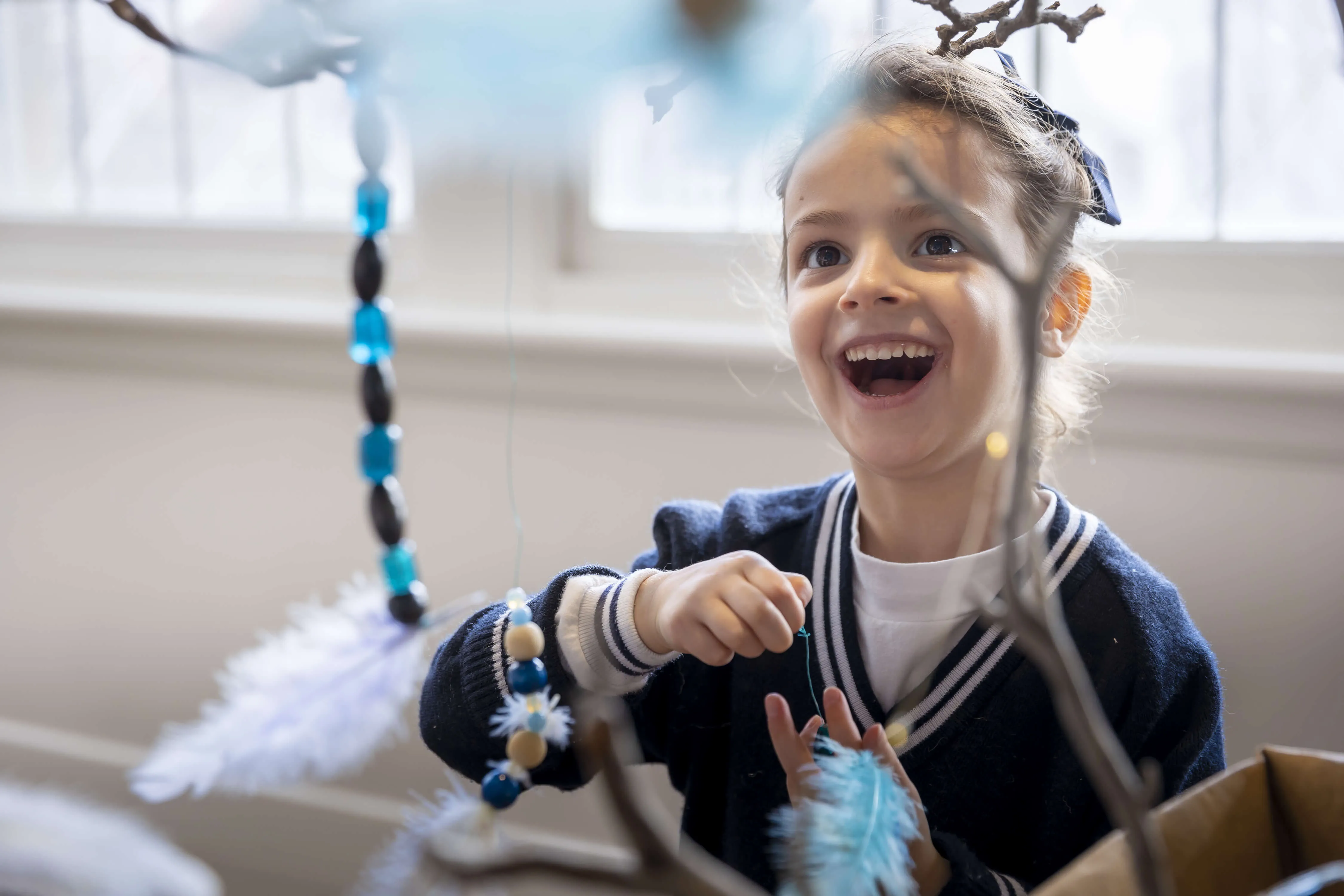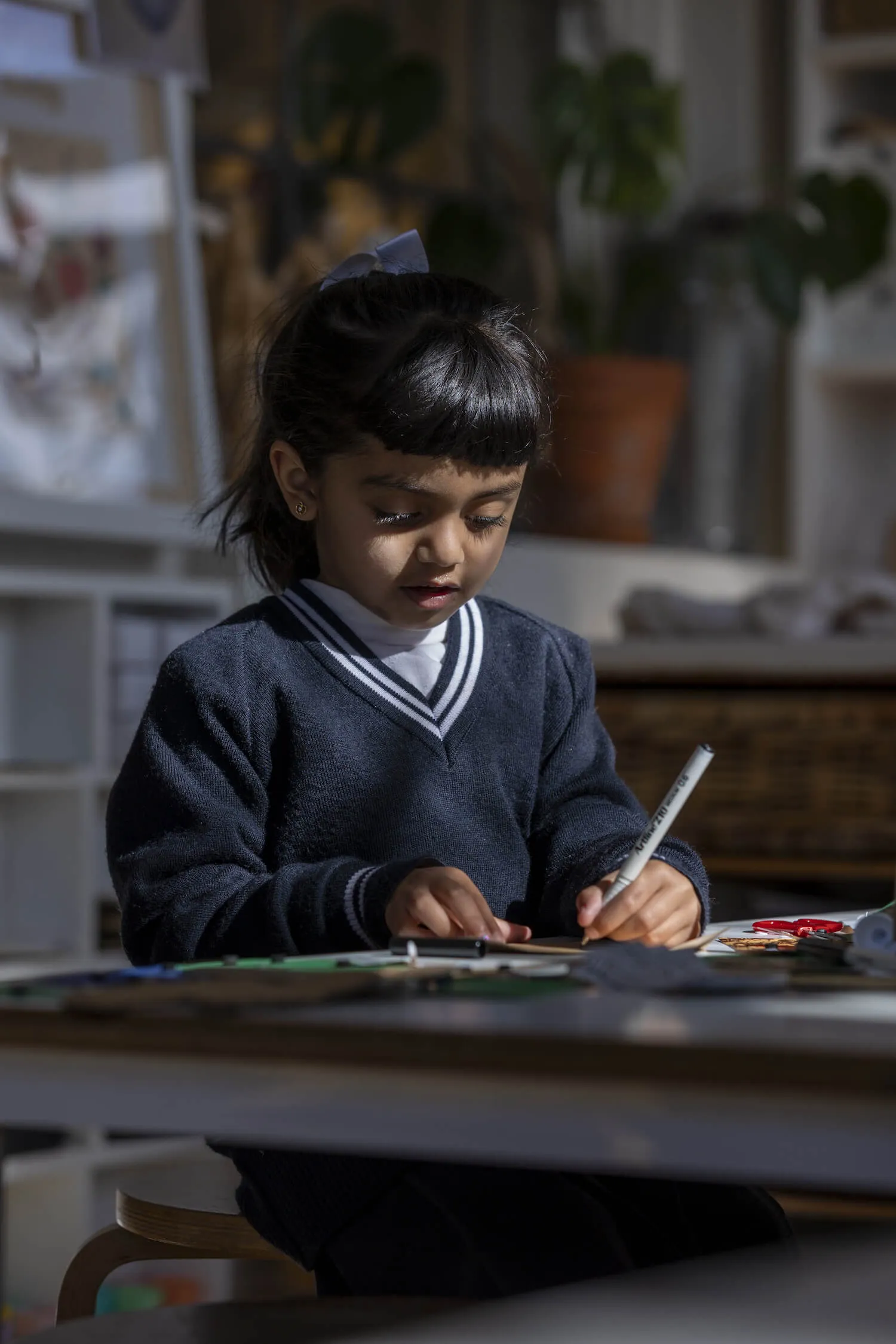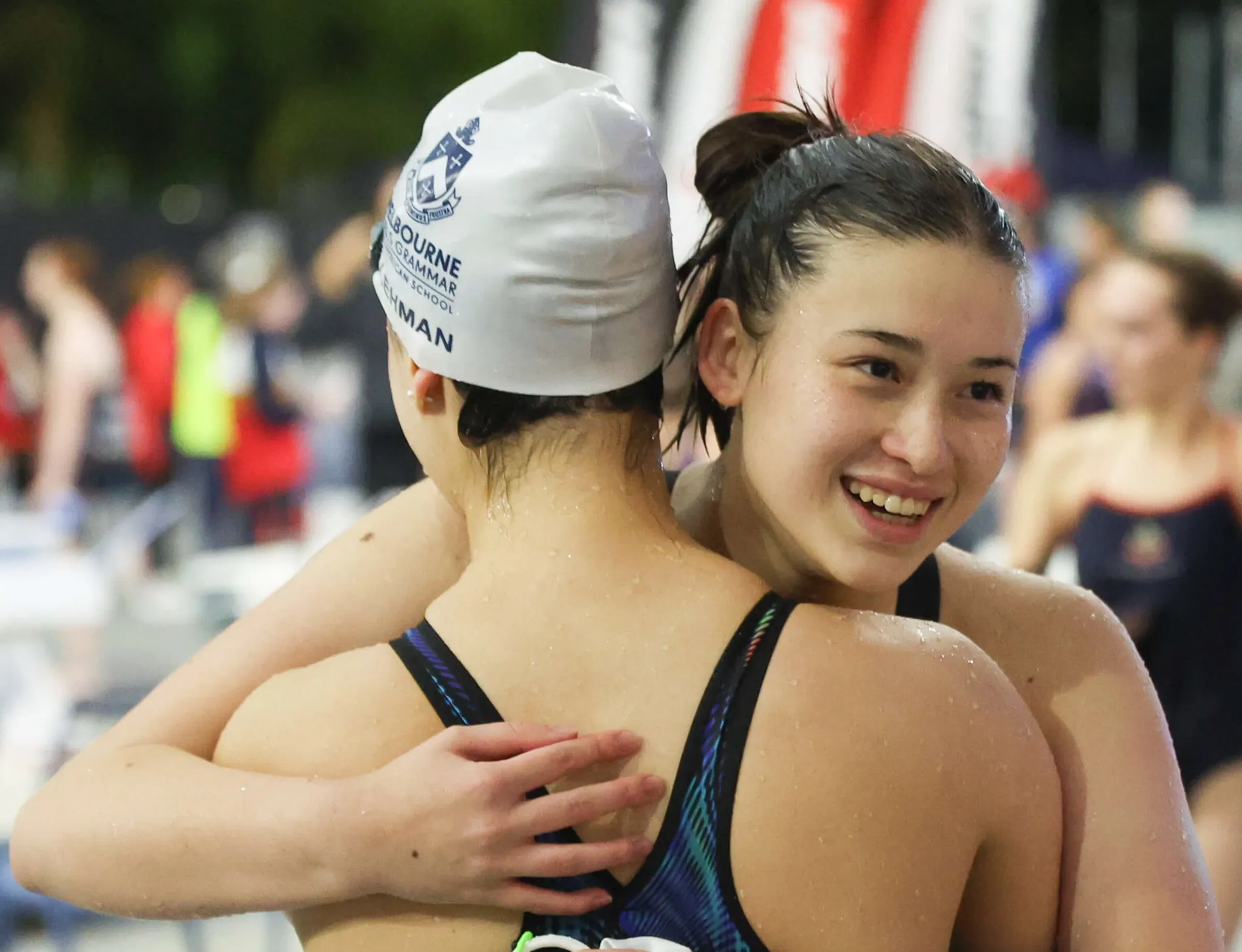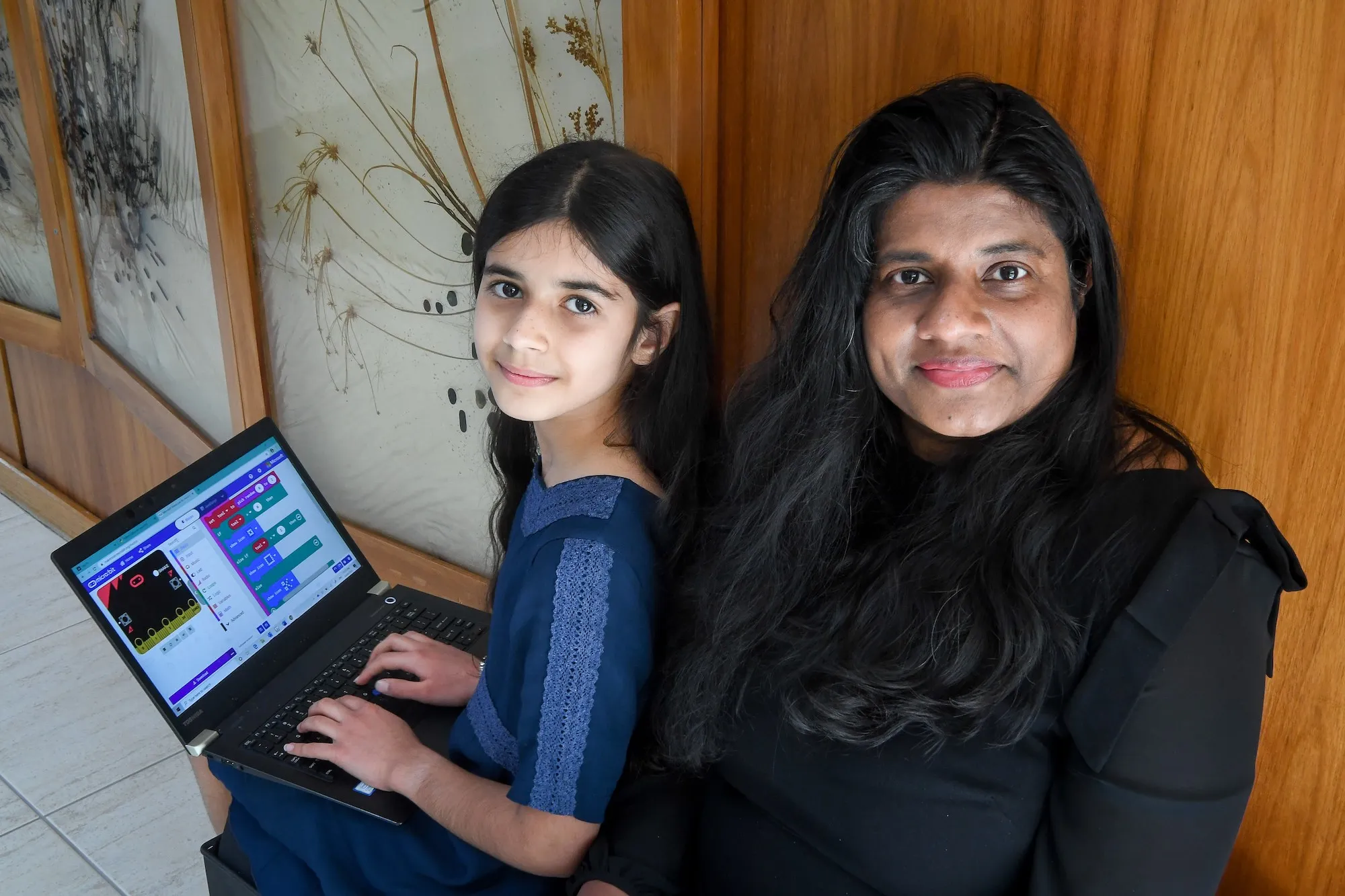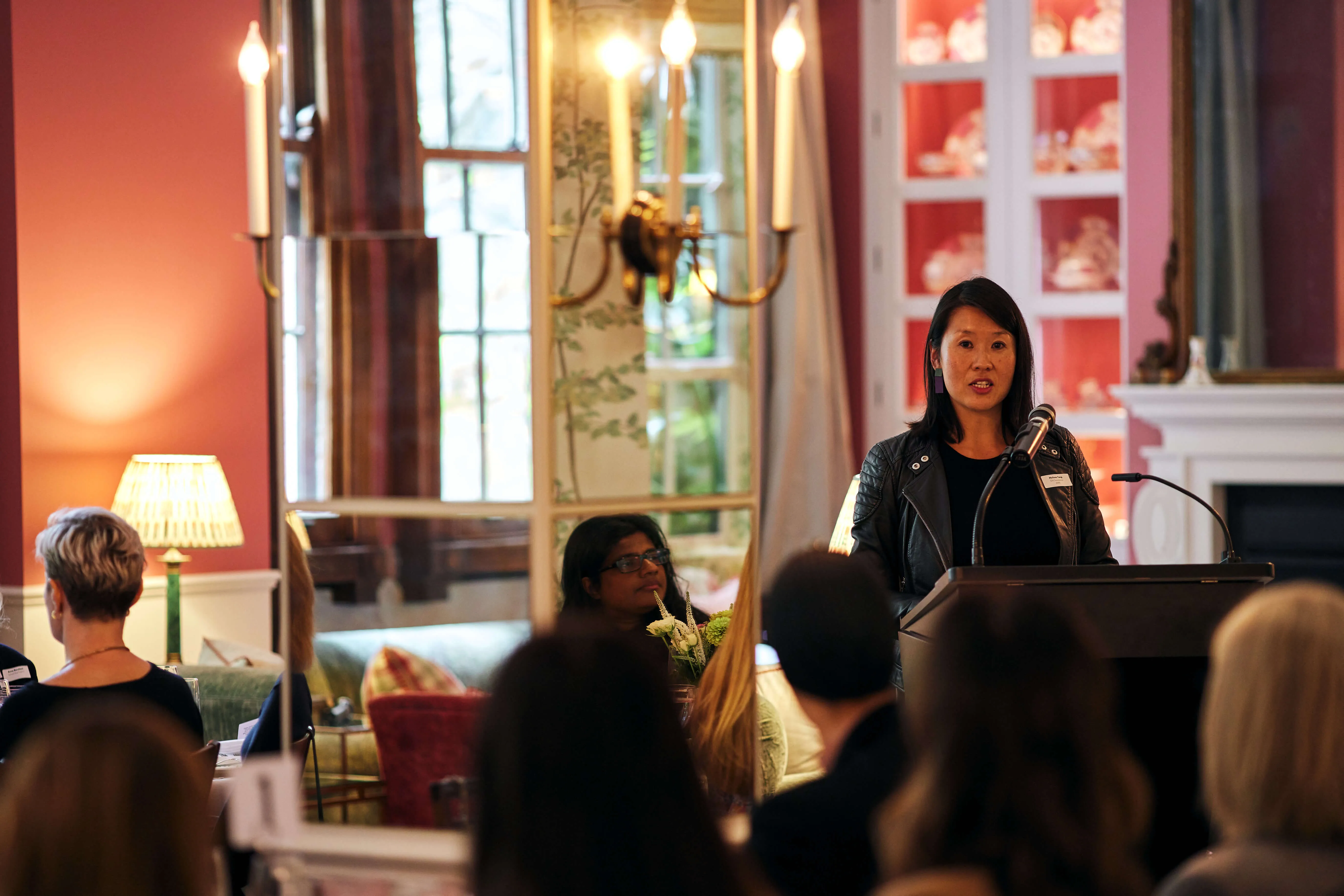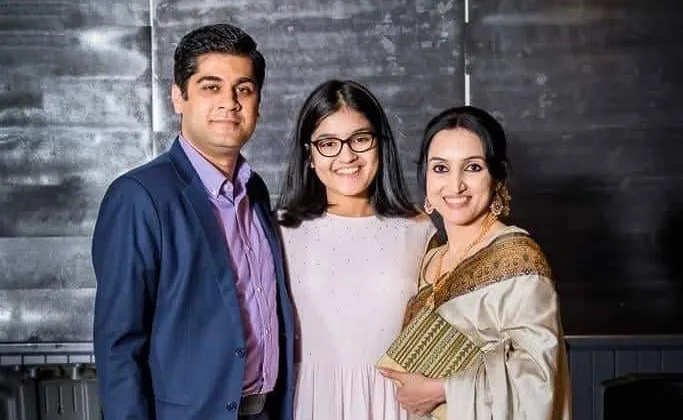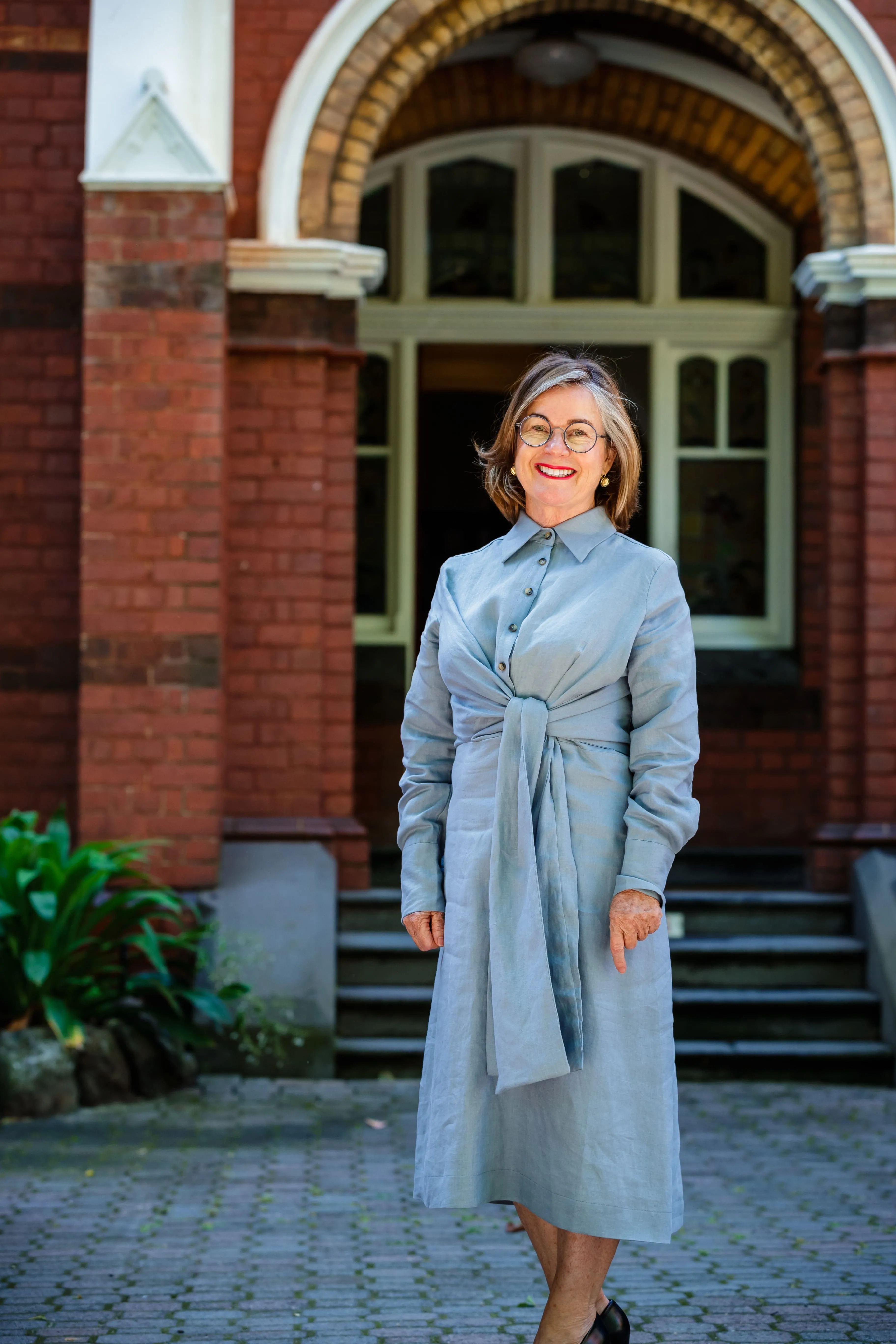

Principal Dr Toni Meath.


Principal Dr Toni Meath.
From the Principal
"There was no day or night that passed when I didn’t listen for sounds from the sky. Both my sense of touch and my sense of hearing were beginning to make up for my lack of sight. I separated the sounds, and each became different." - Taylor (1969)

I begin my reflection on learning with the introductory quote from the classic Middle Years’ text, The Cay (Taylor, 1969). Like the boy in the story who, after becoming blind, learns to separate the sounds in his world, as Principal, I too need to continually separate the sounds of our teachers’ voices and those of our Grammarians as they articulate their lived experiences of what it means to learn at Melbourne Girls Grammar. Listening closely allows me to know how to lead the core business of our school – learning. Listening to the rhythms and patterns of learning allows me to lead our teachers in testing the assumptions of educational theory in practice, evaluating pedagogical priorities and ensuring a seamless continuum of learning from the ELC right through to our university-style Senior Years program.
I begin my reflection on learning with the introductory quote from the classic Middle Years’ text, The Cay (Taylor, 1969). Like the boy in the story who, after becoming blind, learns to separate the sounds in his world, as Principal, I too need to continually separate the sounds of our teachers’ voices and those of our Grammarians as they articulate their lived experiences of what it means to learn at Melbourne Girls Grammar. Listening closely allows me to know how to lead the core business of our school – learning. Listening to the rhythms and patterns of learning allows me to lead our teachers in testing the assumptions of educational theory in practice, evaluating pedagogical priorities and ensuring a seamless continuum of learning from the ELC right through to our university-style Senior Years program.
I begin my reflection on learning with the introductory quote from the classic Middle Years’ text, The Cay (Taylor, 1969). Like the boy in the story who, after becoming blind, learns to separate the sounds in his world, as Principal, I too need to continually separate the sounds of our teachers’ voices and those of our Grammarians as they articulate their lived experiences of what it means to learn at Melbourne Girls Grammar. Listening closely allows me to know how to lead the core business of our school – learning. Listening to the rhythms and patterns of learning allows me to lead our teachers in testing the assumptions of educational theory in practice, evaluating pedagogical priorities and ensuring a seamless continuum of learning from the ELC right through to our university-style Senior Years program.
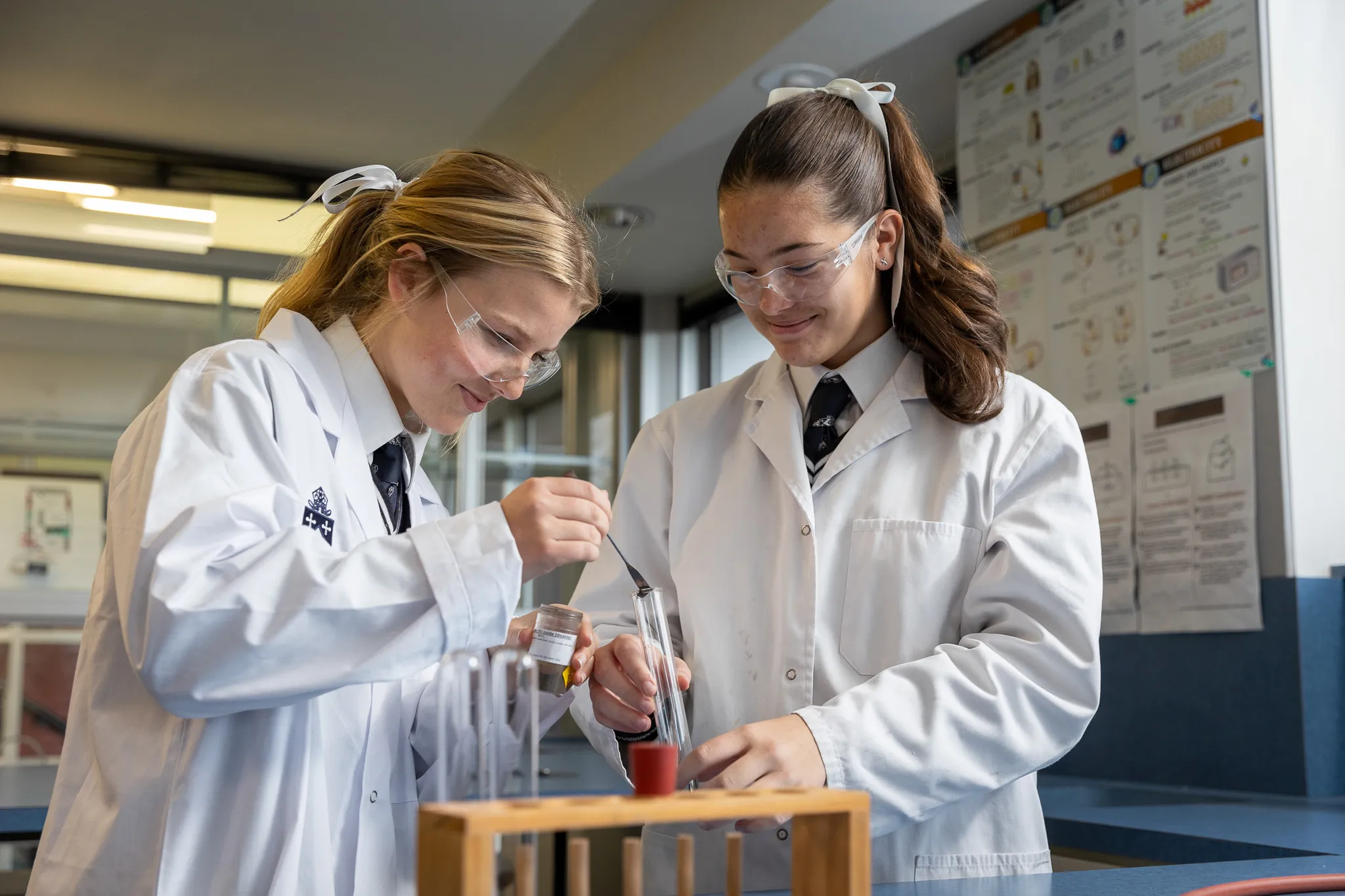

Year 12 student Saskia and Year 10 Grammarian Emily are currently experiencing our university-style Senior Years program.



Year 12 student Saskia and Year 10 Grammarian Emily are currently experiencing our university-style Senior Years program.
My two great passions as an educator are tailoring teaching for girls and young women and encouraging them to engage with higher order thinking skills. Throughout my career, I chose to remain as a practising teacher as long as possible, as I strongly believe that to be a leader within schools one must first be an exemplary teacher and understand the very notion of learning. Today, I still see myself as a teacher with the staff as my class, and I implement similar principles of learning to them as I would to students. As both teacher and leader, the core beliefs that influence my practice include: the importance of connectedness to school; the honouring of student voice; a focus on the learning process; providing challenging learning experiences in a trusted space; acknowledging the importance of time to learn; and establishing positive relationships between teachers and students. These core beliefs play a critical role in enabling students to be risk-takers, which is central to the learning process. A quote from one of my earliest publications reminds me that my philosophy regarding this has remained constant over time.
My two great passions as an educator are tailoring teaching for girls and young women and encouraging them to engage with higher order thinking skills. Throughout my career, I chose to remain as a practising teacher as long as possible, as I strongly believe that to be a leader within schools one must first be an exemplary teacher and understand the very notion of learning. Today, I still see myself as a teacher with the staff as my class, and I implement similar principles of learning to them as I would to students. As both teacher and leader, the core beliefs that influence my practice include: the importance of connectedness to school; the honouring of student voice; a focus on the learning process; providing challenging learning experiences in a trusted space; acknowledging the importance of time to learn; and establishing positive relationships between teachers and students. These core beliefs play a critical role in enabling students to be risk-takers, which is central to the learning process. A quote from one of my earliest publications reminds me that my philosophy regarding this has remained constant over time.
My two great passions as an educator are tailoring teaching for girls and young women and encouraging them to engage with higher order thinking skills. Throughout my career, I chose to remain as a practising teacher as long as possible, as I strongly believe that to be a leader within schools one must first be an exemplary teacher and understand the very notion of learning. Today, I still see myself as a teacher with the staff as my class, and I implement similar principles of learning to them as I would to students. As both teacher and leader, the core beliefs that influence my practice include: the importance of connectedness to school; the honouring of student voice; a focus on the learning process; providing challenging learning experiences in a trusted space; acknowledging the importance of time to learn; and establishing positive relationships between teachers and students. These core beliefs play a critical role in enabling students to be risk-takers, which is central to the learning process. A quote from one of my earliest publications reminds me that my philosophy regarding this has remained constant over time.


As a known advocate for girls’ education, I believe a pathway to proficiency and then talent for our Grammarians must be provided by promoting the development of self-efficacy, organising information, planning and thinking ahead, having the confidence to ask for help, and a willingness to question everything with curiosity and confidence, all bound within a trusted non gender-biased environment. One of the hallmarks of a great school where learning sits at the centre is deep professional understanding of what is happening within classrooms and where the learning is engaging in the knowledge and skills of the curriculum. It is a wise teacher who uses data and evidence to inform their practice as every learner, no matter which level of schooling, is at their unique point of understanding. Teachers at Melbourne Girls Grammar are encouraged to work collaboratively, use the explicit language of thinking, and seek ongoing feedback from their students to inform their practice. Incorporated into the teacher timetable each week is a two-hour professional learning module, wherein the teachers engage in professional learning relevant to their needs and the needs of our Grammarians. Melbourne Girls Grammar has incorporated innovative research-based pedagogy in an engaging learning environment that encourages and embraces an omnipresent student voice.
Melbourne Girls Grammar is an active learning environment, building purposefully upon very exciting innovations in education for the future success of every Grammarian. We work closely with all stakeholders in our quest for quality education, enabling all learners to maximise their potential. Or, as Senge (2006) would suggest, our organisation will learn because the individual has learnt. We believe learning together as a school is important.
As a known advocate for girls’ education, I believe a pathway to proficiency and then talent for our Grammarians must be provided by promoting the development of self-efficacy, organising information, planning and thinking ahead, having the confidence to ask for help, and a willingness to question everything with curiosity and confidence, all bound within a trusted non gender-biased environment. One of the hallmarks of a great school where learning sits at the centre is deep professional understanding of what is happening within classrooms and where the learning is engaging in the knowledge and skills of the curriculum. It is a wise teacher who uses data and evidence to inform their practice as every learner, no matter which level of schooling, is at their unique point of understanding. Teachers at Melbourne Girls Grammar are encouraged to work collaboratively, use the explicit language of thinking, and seek ongoing feedback from their students to inform their practice. Incorporated into the teacher timetable each week is a two-hour professional learning module, wherein the teachers engage in professional learning relevant to their needs and the needs of our Grammarians. Melbourne Girls Grammar has incorporated innovative research-based pedagogy in an engaging learning environment that encourages and embraces an omnipresent student voice.
Melbourne Girls Grammar is an active learning environment, building purposefully upon very exciting innovations in education for the future success of every Grammarian. We work closely with all stakeholders in our quest for quality education, enabling all learners to maximise their potential. Or, as Senge (2006) would suggest, our organisation will learn because the individual has learnt. We believe learning together as a school is important.

“Why together? Because the greatest asset a school has is its collective intelligence. Leaders have to figure out how to harness this intelligence, to grow it, and to use it to help achieve the school’s purposes. Too often intelligence is divided among individuals diluting its effectiveness. Schools get smarter when individual intelligences are aggregated.”
(Sergiovanni, 2005)
“Why together? Because the greatest asset a school has is its collective intelligence. Leaders have to figure out how to harness this intelligence, to grow it, and to use it to help achieve the school’s purposes. Too often intelligence is divided among individuals diluting its effectiveness. Schools get smarter when individual intelligences are aggregated.”
(Sergiovanni, 2005)
“Why together? Because the greatest asset a school has is its collective intelligence. Leaders have to figure out how to harness this intelligence, to grow it, and to use it to help achieve the school’s purposes. Too often intelligence is divided among individuals diluting its effectiveness. Schools get smarter when individual intelligences are aggregated.”
(Sergiovanni, 2005)



We care about the learning of Grammarians like Carla, Year 6, encouraging them to explore the unknown world.



We care about the learning of Grammarians like Carla, Year 6, encouraging them to explore the unknown world.
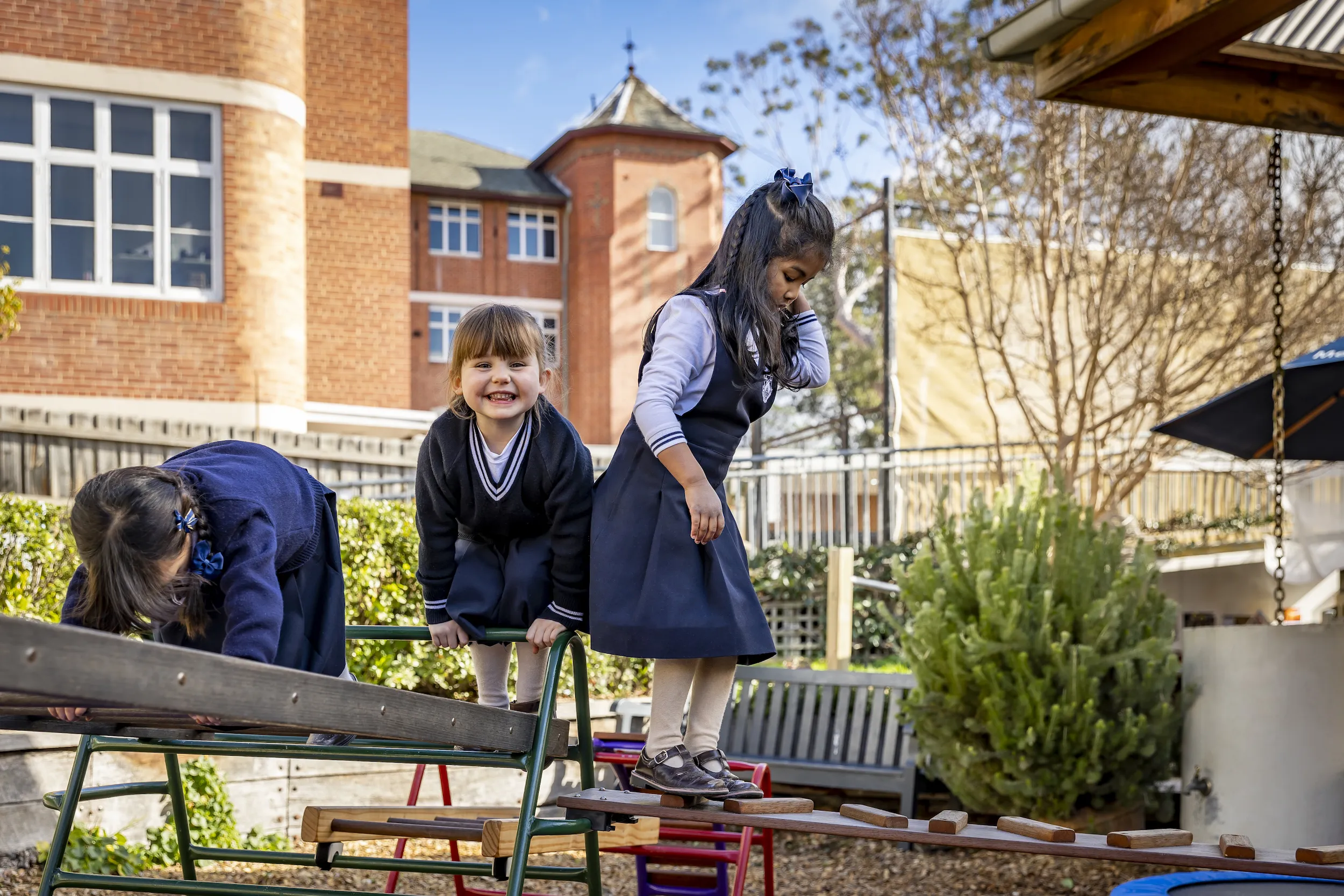

Our Strategic Plan is focusing on providing for the needs of our 2030 and beyond graduates such as Victoria and Poppy.





